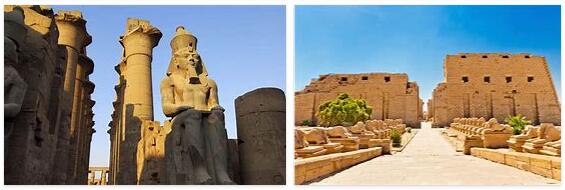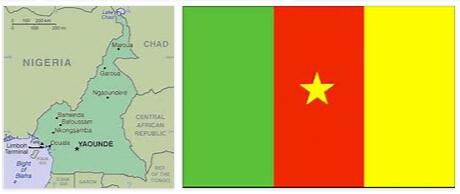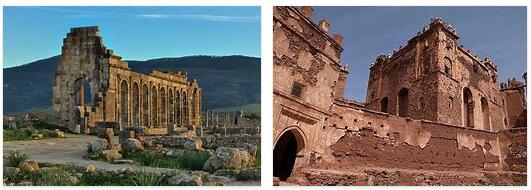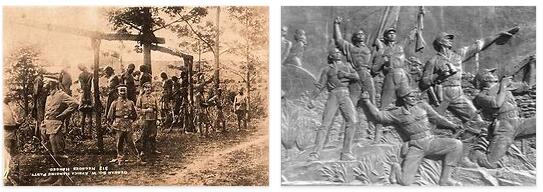Gambia Travel Advice
Discovering The Gambia: A Comprehensive Travel Guide Nestled on the western coast of Africa, The Gambia is a small yet vibrant country known for its rich cultural heritage, diverse wildlife, and stunning natural beauty. From the bustling markets and vibrant festivals to the tranquil river cruises and pristine beaches, The Gambia offers a wealth of… Read More »







